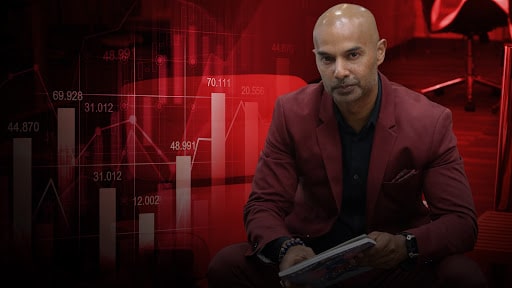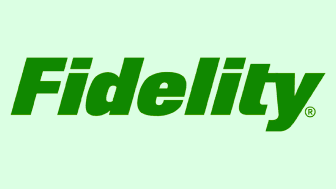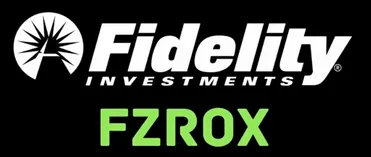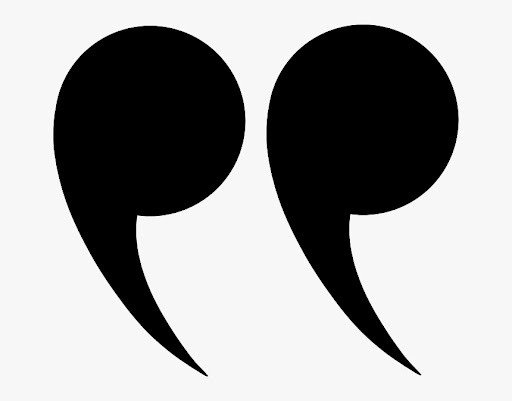Top 5 Index Funds To Invest in 2023
Share this content :

As companies recover from the 2020 pandemic crisis, so is the stock market. This could be a good sign for the buyers and sellers of stock shares in the market, whether a day trader or a passive income trader. The zeroes and ones and the graphs of the trading world can be intimidating, especially for beginners who wish to enter this career.
But don’t worry, that’s what I’m here for. I am no master trader; that isn’t something I do all day. But with combined knowledge and research, I have a lot to share with you, and together, after this article and some, we can make it possible to make money in trading. And YOU could be the next person to make millions just by day trading.
One angle of trading that you can look into is what we call INDEX FUNDS. Index funds are portfolios of bonds or stocks that are designed to mimic how a financial market index is composed or performed. Index funds give a promising variety of stock opportunities, greater diversification, and lower risks—usually at low costs. That is why they have become increasingly popular among investors. Many investors, especially beginners, consider index funds to be excellent investments compared to individual stocks. It provides investors with a simple and inexpensive way to diversify their investment portfolios and U.S. equity exposure.
With that said, I rounded up the top 5 index funds to add to your growing list of portfolios, including how they work and why they're so popular.
Top 5 : Wilshire 5000 Index Fund (WFIVX)

The Wilshire 5000 Index Fund (WFIVX) is one of the top 5 index funds that seeks to track its namesake index, the Wilshire 5000, and according to MarketWatch, WFIVX invests at least 80% of its assets in the common stock of companies that are included here. This index contains about 3,500 stocks and seeks to track the index with just over 1,700 securities.
While the Wilshire fund may have a minimum investment of $1,000, its 5-year performance is really competitive. It may be relatively small with approximately $240 billion in net assets, but its recent trailing twelve-month (TTM) yield was a whopping 0.85%.
| Expense Ratio | 0.62% |
| Tracking Index | Wilshire 5000 Index |
| Minimum Investment | $1,000 |
| Inception | 1999 |
| Holdings | 1,735 |
Top 4 : Fidelity Total Market Index Fund (FSKAX)

The Fidelity Total Market Index Fund (FSKAX) might appear similar to the Fidelity ZERO Total Market Index Fund (FZROX). Still, it tracks a different index: the Dow Jones U.S. Total Stock Market Index. Tracking 1,000+ more companies than the FZROX, the FSKAX still manages to keep the expense ratio meager at 0.015%. This is good since there is no minimum investment required for FSKAX, and its recent trailing twelve-month (TTM) yield was 1.18%.
Aside from that, FSKAX has about 3,500 holdings as of this year. And no single company makes up more than 4% of the overall portfolio. Considering the very broad stock market exposure when it comes to index fund pricing, I can say that FSKAX is definitely one of the best-performing Fidelity funds available out there, especially if you’re going to take it for your retirement!
| Expense Ratio | 0.15% |
| Tracking Index | Dow Jones U.S. Total Stock Market Index |
| Minimum Investment | NONE |
| Inception | 1999 |
| Holdings | 1,735 |
Top 3: Vanguard Russell 3000 Index Fund (VRTTX)

You all know we heard this one everywhere – the Vanguard Russell 3000 or the VRTTX. It invests in 3,000 stocks representative of 98% of the whole, yes WHOLE, U.S. market with the objective to keep pace with the U.S. stock market returns. We all know how fast-paced the U.S. is.
The Vanguard Total Stock Market Index Fund tracks the CRSP US Total Market Index performance. As of September 30, 2021, the VTSAX has $263 billion in total assets and recently trailed a twelve-month (TTM) yield of 1.28%. But of course, there’s a catch in everything good. Unlike the other index funds in this list, the VTSAX requires a minimum investment of $3,000. Even higher than the Wilshire 5000 earlier. However, it’s worth noting that an identical ETF version of the Fund, the Ticker VTI, does not require a minimum investment. So you might want to look into that as well.
| Expense Ratio | 0.04% |
| Tracking Index | CRSP US Total Market Index |
| Minimum Investment | $3,000 |
| Inception | 2000 |
| Holdings | 3,634 |
Top 2 : Schwab Total Stock Market Index (SWTSX)

The top 2 on our list is the Schwab Total Stock Market Index or the SWTSX, whose goal is to track the total return of the entire U.S. stock market, as measured by the Dow Jones U.S. Total Stock Market Index. According to the Asset Management of Charles Schwab, this index fund is a straightforward, low-cost fund with no investment minimum.
Aside from that, the Fund can serve as part of the core of a diversified portfolio. In simple terms, you get to access the entire U.S. stock market in a SINGLE fund. Isn’t that great? The index is designed in a certain way to provide a comprehensive measure of large-cap, mid-cap, and small-cap U.S. equity securities.
As of September 30, 2021, it has $17 billion in total assets and a trailing twelve-month (TTM) yield of 1.41%.
| Expense Ratio | 0.03% |
| Tracking Index | Dow Jones U.S. Total Stock Market Index |
| Minimum Investment | NONE |
| Inception | 1999 |
| Holdings | 3,227 |
Top 1: Fidelity ZERO Total Market Index Fund (FZROX)

The number one in our list is the Fidelity ZERO Total Market Index Fund, and I included this in the list for three reasons
First, it’s the only index fund out of the top 5 index funds with a 0 percent expense ratio. It doesn’t mean it’s free since shareholders still have to pay other fees such as transaction costs incurred by the Fund. Second, this Fund mimics the total market by tracking the proprietary Fidelity U.S. Total Investable Market Index. It’s not the same index tracked by the Fidelity Total Market Index Fund. And third, though it doesn’t have five and 10-year performance data yet, its 1-year performance alone is at 32.06%, and the Fund has $11.3 billion under management and a trailing twelve-month (TTM) yield of 1.10% as of September 30, 2021.
This is really a good one.
| Expense Ratio | 0.00% meaning every $10,000 invested would cost $0 annually. |
| Tracking Index | Fidelity U.S. Total Investable Market Index |
| Minimum Investment | NONE |
| Inception | 2018 |
| Holdings | 2,442 |
When Is the Good Time To Buy Index Funds?
If you reached this part, I must assume something or one of the funds I recommended above might have caught your attention. And since we’re here now, you might want to ask, “Munif, is this a good time to buy index funds?” My answer is YES. Now can be a good time to invest in it if you’re prepared to hold it for the long term.
Our economy has grown in terms of corporate profits, and there is a high chance that they’ll increase further because markets tend to rise over time. There are two things we are trying to avoid here: first is you regretting that you didn’t invest when they were lower in terms of prices, and second, you retire with nothing in your name. No savings. No money. No funds.
Experts suggest regularly adding money to the market to make the most of dollar-cost averaging and lower risks. Investors should avoid timing the market, for example, jumping in and out of the market to capture gains and dodge losses. Only a disciplined and strong investing approach can help you make money in the market over time.

When it comes to index funds, time is your best friend as it enables you to compound your money. Basically, it lets your money make more money. Let your money do the work. No one gets rich by working 8-12 hours a day. You have to find a way for your money to work for you when you’re sleeping, or else you will be the one losing sleep because you have to work for your money.

“Hi, I’m Munif. I started out with nothing, no trust funds, no silver spoons. I grew up in the Projects and was raised by a single parent. I worked hard, won some, failed some but learned along the way. I have founded multiple companies that have closed billions in sales. Now I’m here to give you real-world practical advice in entrepreneurship. No fake guru crap, just pure honesty and a love for entrepreneurship, personal finance, and self-development.”
Share this content :
Copyright © 2023 Munif Ali. All rights reserved.

